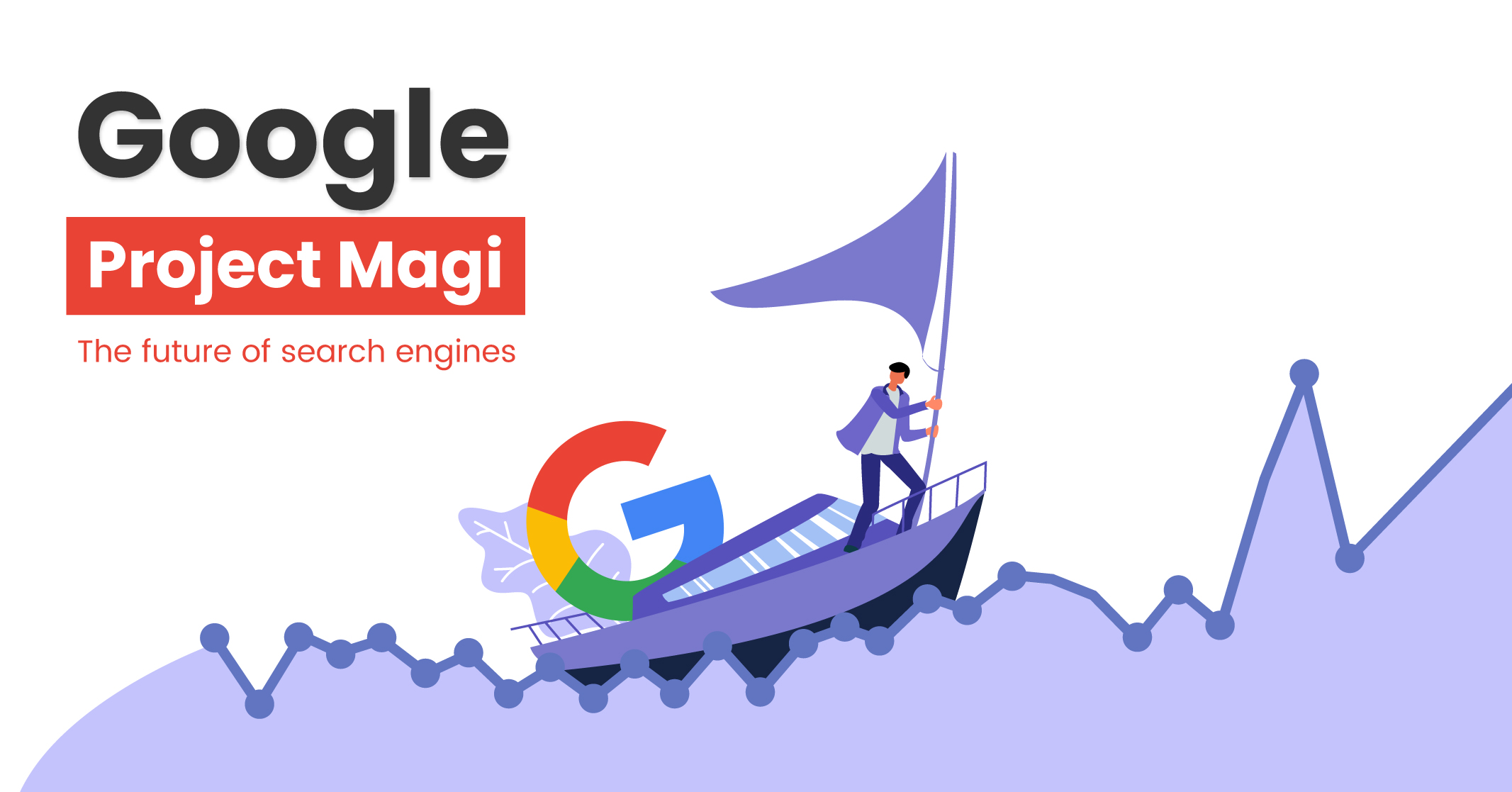 In the rapidly evolving world of AI-driven search, it’s crucial for brands to adapt their strategies in order to maximize their market share. With up to 59% of Google searches ending without a click, and the rise of zero-click results, it’s essential for brands to saturate the SERPs and prioritize showing up for these zero-click results. This article outlines seven key strategies for brands to consider in order to succeed in this new landscape.
In the rapidly evolving world of AI-driven search, it’s crucial for brands to adapt their strategies in order to maximize their market share. With up to 59% of Google searches ending without a click, and the rise of zero-click results, it’s essential for brands to saturate the SERPs and prioritize showing up for these zero-click results. This article outlines seven key strategies for brands to consider in order to succeed in this new landscape.
The first strategy is research and intent mapping. It’s important for brands to understand what appears in AI Overviews and how AI-powered search algorithms are constantly evolving to provide the most relevant and high-quality results. Tools such as Semrush and Ziptie can help identify queries that trigger AI overviews for your business, competitors, or industry. By compiling a comprehensive list of topics, intents, domains, citations, sources, content assets, and competitor domains, brands can craft a thorough search strategy.
The second strategy is content strategy. Creating a robust intent-driven content strategy is essential for success. This involves creating relevant, authoritative, and fresh content that covers the entire marketing funnel. Brands should also assess content decay and use metrics to develop a data-driven, omnichannel content strategy. Ensuring the discovery, relevancy, and visibility of your content is crucial to futureproofing it for AI-powered search.
Diversity and topicality are also important factors to consider. Content should be topical, demonstrate a high level of E-E-A-T (Expertise, Authoritativeness, Trustworthiness), and provide the most relevant responses to queries. To deliver well-rounded responses, brands should use a combination of images, videos, PDFs, and well-designed layouts. Adopting a topical entity-first strategy can also enhance overall search visibility.
Authority and freshness are key considerations in AI-powered search. Brands should focus on establishing authorship and subject matter expertise. AI-generated responses are dynamic and contextual, changing based on the query intent and previous interactions to select the most relevant sources. The freshness of content is also prioritized, including attributes like byline dates and semantic freshness.
Covering the full funnel is another important strategy. While top-of-funnel searches will eventually be dominated by generative AI, marketers should concentrate on the mid-funnel stages of searches. It’s also important to address every stage of the buyer’s journey, from social media to paid advertising to brand interactions. Optimizing strategies around the buyer ensures that the right KPIs are integrated into marketing efforts.
Focusing on the right metrics is crucial for measuring the impact of content. Content decay is prevalent in AI-generated search results, so producing purposeful, high-quality content drives essential KPIs such as impression share, SERP saturation, and CTR. It’s important to focus on the KPIs that align with your goal, whether it’s driving visibility, engagement, or conversion.
Passage-based ranking is a hidden gem in AI-powered search. Google aims to provide the best answers to user queries, and passing ranking and citation links in AI Overviews can guide users directly to specific parts of webpages. Brands should share valuable context to benefit from these hidden gems in ranking passages.
User interactions and click data play a significant role in AI-powered search. Google learns from how users interact with search results and uses click data to refine its rankings. Using click data as a performance metric supports AI algorithms and helps improve site effectiveness. Developing content that is rich in topics and entities, diversifying it, and linking pages deeply with similar topics can significantly improve user-level metrics.
User experience is also important in AI-powered search. Strategies like personalization, A/B testing, heatmaps, and conversion rate optimization (CRO) play a huge role in future-proofing your digital experience. It’s essential to ensure that your images, text, PDFs, and videos are discoverable and relevant. Having a lightweight and performance-optimized site architecture is crucial for a smooth user experience.
Saturating SERPs and real estate is an important strategy. Brands should aim to appear across all channels and every type of SERP, including paid ads, organic results, social media, knowledge graphs, rich snippets, images, videos, and AI Overviews. Paid results often appear alongside AI Overviews for similar queries, so it’s important to consider the dynamics of both the paid and social funnels.
Data quality, AI search, and schema markup also play a significant role in AI-powered search. Maintaining high-quality data, updating schema markup regularly, and avoiding long-term schema drift or errors are crucial for AI tools to effectively use your data.
Lastly, authority and relevancy are important factors in AI-powered searches. Growing your authority through activities like improving local listings, engaging in digital PR, and participating in community events can boost your brand’s visibility in search engines. Proactive engagement ensures that your brand stands out in the crowded digital landscape.
In conclusion, navigating the complexities of AI-powered search requires a multifaceted approach that bridges silos across organizations and channels. By implementing these seven strategies – research and intent mapping, content strategy, diversity and topicality, authority and freshness, covering the full funnel, focusing on the right metrics, passage-based ranking, user interactions and click data, experience, saturating SERPs and real estate, data quality and schema markup, and authority and relevancy – brands can maximize their market share in the era of AI-driven search.
